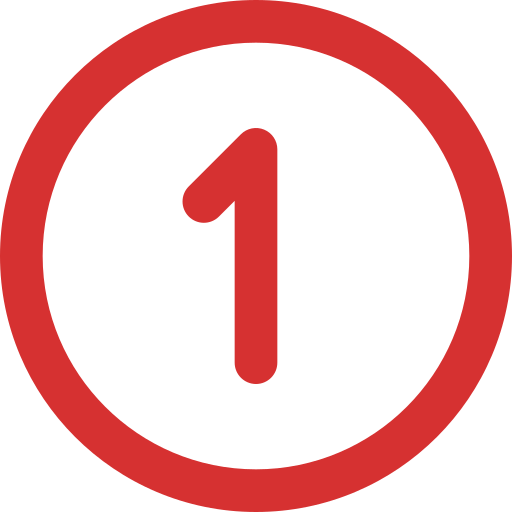MANUAL GRATING

What is Steel Manual Grating?
Steel Manual Grating is engineered for ease of use, offering hands-on control during installation and adjustment.
Unlike automated systems, manual grating allows for precise customization, making it perfect for projects that require careful attention to detail. This hands-on approach ensures that the grating fits perfectly into any environment, delivering superior performance.
Steel Manual Grating: Precision and Flexibility for Every Application
Manual gratings are meticulously crafted by hand-welding crossbars, making them ideal for customized applications where precision and flexibility are essential.
They are designed to withstand heavy loads, ensuring durability and reliability in demanding environments.


Manual Grating Techniques
The success of Steel Manual Grating lies in the traditional, manual techniques used during installation and adjustment. These methods allow for fine-tuning and on-the-spot modifications, ensuring that the grating meets the exact specifications of your project.
Manual steel gratings provide a strong, versatile, and cost-effective flooring solution for various industrial applications. Manufactured using traditional welding techniques, they combine durability and flexibility, making them ideal for environments that don’t require the advanced strength of electroforged gratings. The manual welding process allows for precise customization in size, material, and load capacity, catering to both light and heavy-duty uses.
Durable and Cost-Effective
Made from mild steel, manual steel gratings offer long-term strength, performance, and affordability compared to electroforged alternatives.
Slip-Resistant Surface
Featuring serrated surfaces, these gratings enhance safety by providing slip resistance, especially in wet or oily environments.
Support for Heavy Traffic
Ideal for factory floors, storage areas, and outdoor walkways, manual steel gratings support moderate to heavy traffic while maintaining durability.
Low Maintenance and Sustainable
With minimal upkeep and recyclable steel, manual steel gratings reduce maintenance costs and contribute to sustainability with their long lifespan.
Key Techniques Include

Cutting and Shaping
Manual tools are employed to cut and shape the grating to fit specific dimensions. This method is essential for projects requiring non-standard sizes or unique configurations.

Manual Assembly
Components are meticulously assembled by hand, allowing for precise adjustments and ensuring a secure fit. This technique is especially valuable when dealing with complex or irregularly shaped installation areas.

On-Site Modifications
One of the major advantages of manual grating is the ability to make modifications on-site. This flexibility ensures that the grating can adapt to any unforeseen changes in project requirements, providing a perfect fit every time.
Manual Grating vs. Electric Grating
When deciding between Manual Grating and Electric Grating, it’s important to understand the key differences in installation methods and applications:
Manual Grating
This method involves hands-on installation and adjustment, making it ideal for smaller projects or those that require customization. Manual grating offers flexibility, allowing for precise control over the installation process.
Electric Grating
Electric grating systems utilize automated machinery, making them suitable for large-scale projects where speed and efficiency are priorities. While electric grating is efficient, it may not offer the same level of customization as manual methods.
Benefits of Steel Manual Grating
Steel Manual Grating offers several advantages, making it a preferred choice for many industrial and commercial applications:

Flexibility
Manual installation allows for detailed customization, enabling the grating to adapt to the unique requirements of your project. This flexibility is particularly valuable for complex or irregular installations.

Cost-Effectiveness
For smaller projects or those requiring specialized configurations, manual grating is often more affordable than electric systems. It provides a cost-effective solution without compromising on quality.

Enhanced Control
With manual grating, you have greater control over every aspect of the installation process. This ensures that the grating is installed to exact specifications, resulting in a high-quality, durable finish.
Frequently Asked Questions (FAQs)
Steel Manual Grating is a versatile grating system installed using manual techniques. It offers superior control and flexibility, making it ideal for various applications where precision and customization are required.
Manual grating techniques include cutting and shaping the grating with manual tools, hand-assembling components for a secure fit, and performing on-site modifications as needed to accommodate specific project requirements.
Manual Grating offers hands-on installation and is suited for projects requiring precision and customization. Electric Grating, on the other hand, uses automated machinery, making it ideal for large-scale projects where speed and efficiency are key.
The benefits of Steel Manual Grating include greater flexibility for customization, cost-effectiveness for smaller or specialized projects, and enhanced control over the installation process to ensure quality and accuracy.
For successful manual grating installation, focus on accurate measurement, using high-quality tools, regularly checking alignment, and performing routine maintenance to keep the grating in excellent condition.
